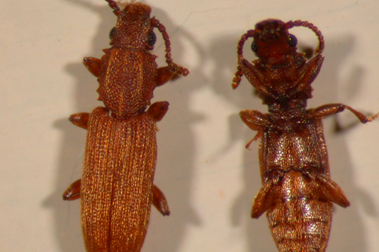
Phil Pellitteri, UW Insect Diagnostic Lab
Revised: 4/27/2004
Item number: XHT1111
The sawtoothed grain beetle and the closely related Merchant grain beetle are common pests in the kitchen where they infest grains, cereals, pasta, pet food, straw flowers, tea, old rodent bait, candy bars, flour, spices, and other dried plant material such as potpourri. Sawtoothed grain beetles are typically brought into the home on food items. The small size of these beetles allows them to infest most food packaging, and often the insects spread to a number of packages before they are discovered.
The life cycle of the sawtoothed grain beetle takes one to three months to complete at room temperature. Larvae are small yellowish worms that usually do not leave the food product. Adults are about 1/8 inch long and have six saw-like teeth on the body segment behind the head. Adults can survive for a year or longer.
Control: Because saw-toothed grain beetles are food pests, the best way to control them is to dispose of infested products. Check all potential products for activity. Uninfested dry goods should be stored in substantial glass or plastic containers with tight fitting lids to prevent access, and spread of the infestation. Heating infested products to 140°F for two to three hours or freezing at 10°F or less for 48 hours will kill all life stages the insects. Numbers of sawtoothed beetles should drop within one to two weeks of the clean-up of infested material. Vacuuming of cracks and crevices may also help. If beetle numbers remain high two weeks after cleanup, you should look for other sources of the problem within your home. You cannot control this pest with insecticides alone. If infested food is not disposed of, you will continue to have problems. If insecticides are used for control, all food and dishware should be removed before use and products should be dry before replacing items into cupboards.
Download Article





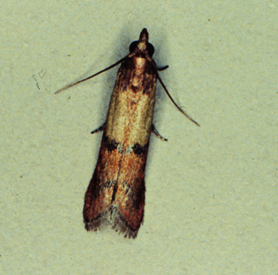 Indian Meal Moth
Indian Meal Moth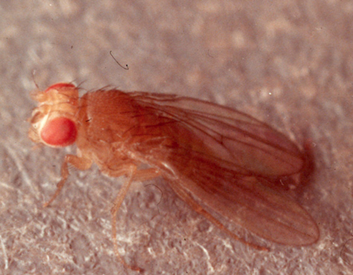 Fruit Flies in the Home
Fruit Flies in the Home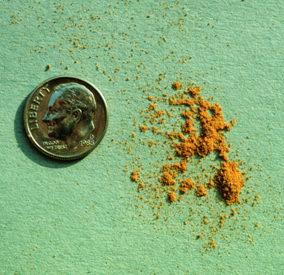 Powder Post Beetles
Powder Post Beetles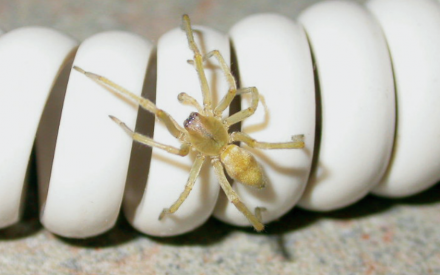 Common Spiders In and Around the Home
Common Spiders In and Around the Home


